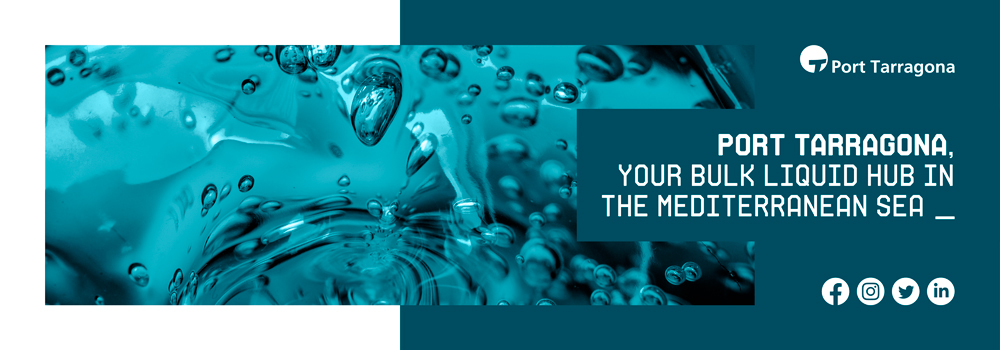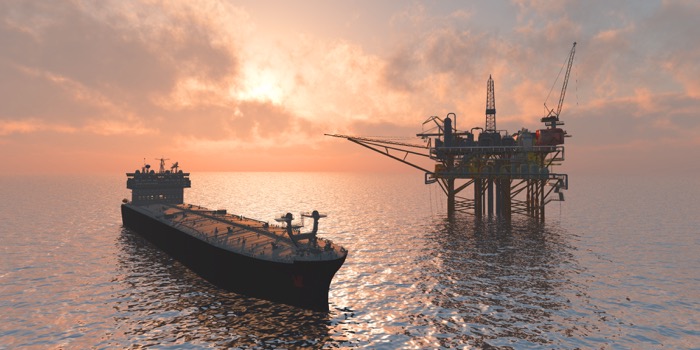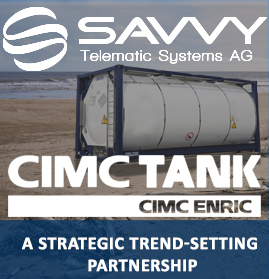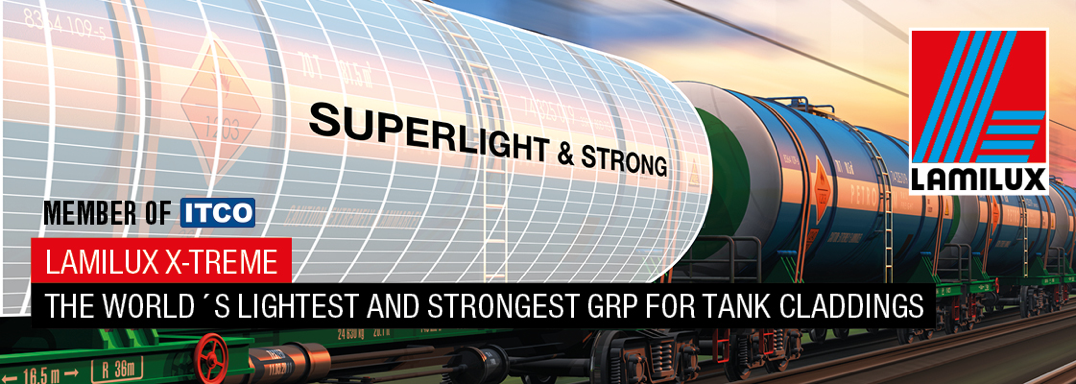CMA CGM and ENGIE create strategic and industrial partnership
The CMA CGM Group, a world leader in shipping and logistics, and ENGIE, a global player in the field of renewables and energy solutions, have committed to working together to advance the energy transition by championing the industrial-scale production and distribution of synthetic methane and BioLNG.
CMA CGM and ENGIE have decided to establish a long-term strategic and industrial cooperation focused on the production of decarbonised fuels. The cooperation has the ambition to support the development of a synthetic methane production and distribution industry that can be used by the shipping sector.
An initial project to produce liquefied biomethane (BioLNG) for shipping has already been launched by both groups at the Port of Marseille, in partnership with Métropole Aix-Marseille-Provence and TotalEnergies.
ENGIE is leading further synthetic methane production industrial projects in which CMA CGM will have the possibility to invest, including by means of multi-year purchase commitments. These projects will harness various technologies, such as pyro-gasification or methanation using green hydrogen and captured CO2.
The CMA CGM Group and ENGIE are investing in research and development with their industrial partners in order to find the energy sources of the future to enable the decarbonisation of the shipping sector.
In order to ensure the durability of the industry, the partnership between CMA CGM and ENGIE will facilitate the sharing of both groups’ knowledge and R&D work, most notably in key technologies such as carbon capture and green hydrogen production.
The partnership also covers the analysis of future regulations, as well as efforts to raise awareness of the benefits of BioLNG and synthetic methane for the decarbonisation of the shipping industry.
As it stands today, non-fossil fuel energy source and a substantive commitment to the energy transition in shipping liquefied natural gas (LNG) can reduce sulphur oxide emissions by 99 percent, fine particle emissions by 91 percent and nitrogen oxide emissions by 92 percent. The CMA CGM group currently accounts for 20 ‘e-methane ready’ vessels equipped with dual-fuel engines and running on LNG and will have 44 e-methane vessels by year-end 2024.
This groundbreaking decision has helped to cut the CMA CGM group’s overall carbon emissions by 4 percent in 2020, following on from a 6 percent reduction in 2019. The group has now lowered its carbon emissions per container-kilometre by 49 percent since 2008.
For more information visit www.engie.com
15th November 2021















